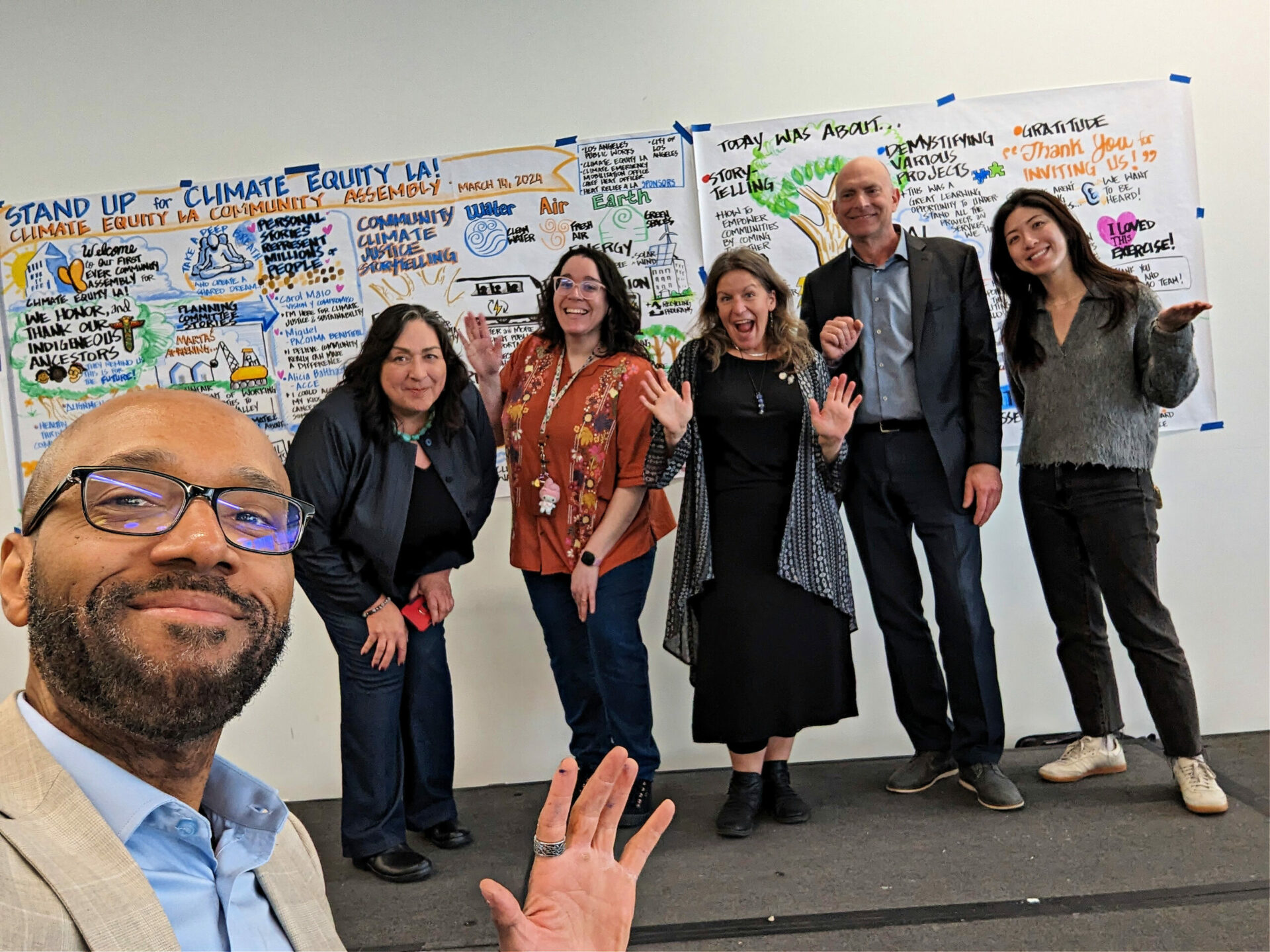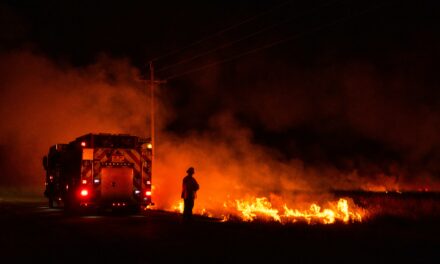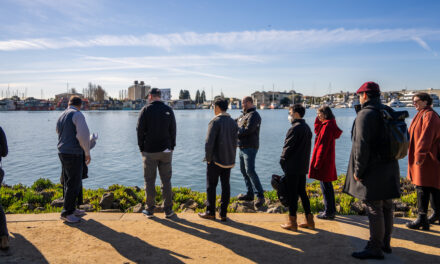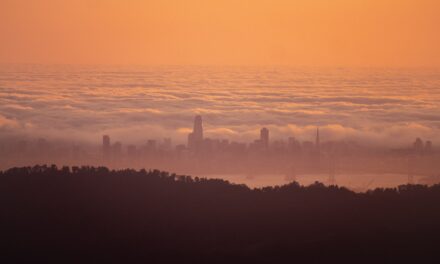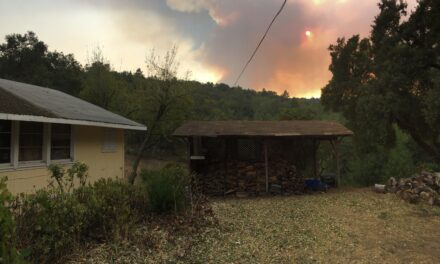LA Heat Officer Goes Far But Not Far Enough
Last fall, KneeDeepTimes spoke with Marta Segura, the chief heat officer for the City of Los Angeles. She was and remains the only municipal heat officer in California—and one of only three nationwide (the others are in Phoenix and Miami-Dade County). At the time, she was working hard to ensure the city designated “cooling centers” in every neighborhood, where residents could go in a heat wave to access air conditioning, water, and charging stations. She was focused on how the city could address heat in a “comprehensive, strategic way.” We checked back in with her this month, before LA’s traditional June Gloom gave way to higher temperatures, to see what she’s learned and what’s in store.
Q: When we spoke last year, you talked about creating cooling centers at local parks. How’s that effort going?
We found out that we can’t rely on Rec and Parks like we’d hoped between mid-June and mid-August because they have so much programming going on and they have kids there already.
Oh no! That’s brutal!
I know. We were like, “We need more cooling centers. It’s really hot.” And they said, “But we have [day] camps.”
Now we’ve really leaned on libraries. We have 73 public libraries. People don’t think of them as cooling facilities. So we are getting the word out. This summer, we expect every library to have a hydration station, so folks should bring their water bottles to get re-filled! Eventually, we’re hoping that all of them can be ready in a heatwave to even stay open on Sundays.
What’s really wonderful about our public library system, that I think is different from other cities, is that our [City Librarian] John Szabo and his team are very welcoming to anybody who comes into the public libraries. He was even asked [on a recent call with officials from other cities], “Aren’t you concerned about security issues, opening up your libraries as cooling centers?” and he said, “That’s why we pay for security, because we need to meet the need of every resident.”
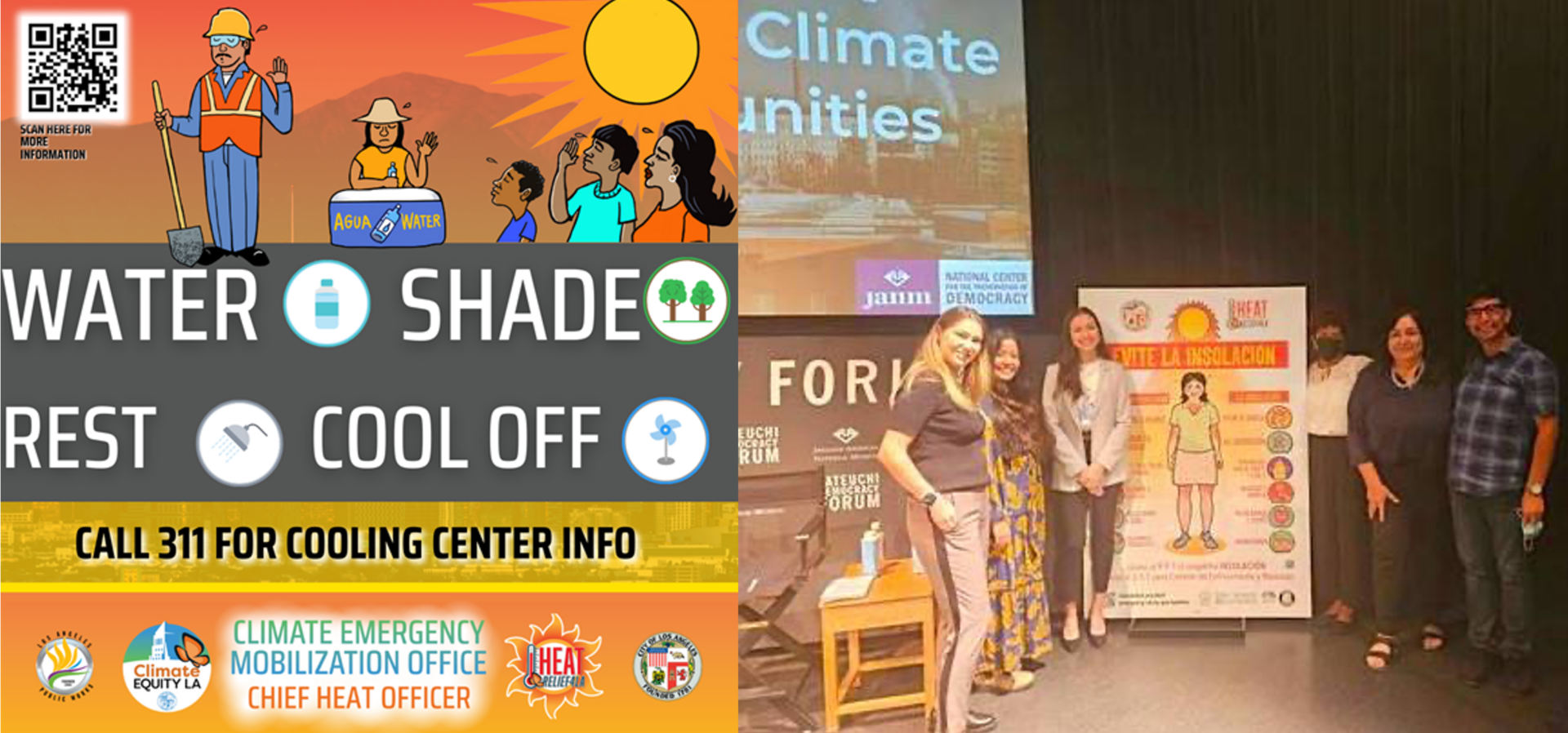
Q: Los Angeles is already struggling to manage its homeless population. What more have you learned about their needs when it comes to heat?
What I’ve learned from the unhoused community is that they want more street medicine, more outreach, people delivering either water or resources to them where they’re at, because they don’t like to leave their homes and belongings. So we’re thinking how can we, in such a starkly underfunded budget year at the city, improve our resources to the unhoused? [At a minimum], we will be using existing homeless outreach services to ensure these people are safe, and that they know where they can go, or that they are receiving water.
Q: We talked last year about your work to create a citywide climate action and adaptation plan. How has that progressed?
At the city, we’ve been working on a Heat Action Framework, and that will be released by the end of July. In that there’s five overarching strategies: for the built environment and infrastructure, nature-based solutions, public awareness, preparedness and response. And we’re also focusing on how we track and monitor and create a system of accountability to ensure that our goals are met.
The next step is seeking input from the community. We plan to begin that process this winter. By December of 2026, we hope to be the first city on the West Coast with a Heat Action Plan.
Q: Any more lessons learned, work still to do?
We’ve gone far, but not far enough. We don’t have enough tree canopy, we don’t have enough bus shelters, we don’t have enough hydration stations out there. And we need to get to a place where there’s equitable resources everywhere in the city, so that people can stay mobile, take the buses, walk to school. Some cities, unfortunately, are already too hot like Phoenix. They’ve already hit their thresholds. And we want to be prepared before we get anything like that.
Opinions expressed in interviews are independent of the KneeDeep Times.






